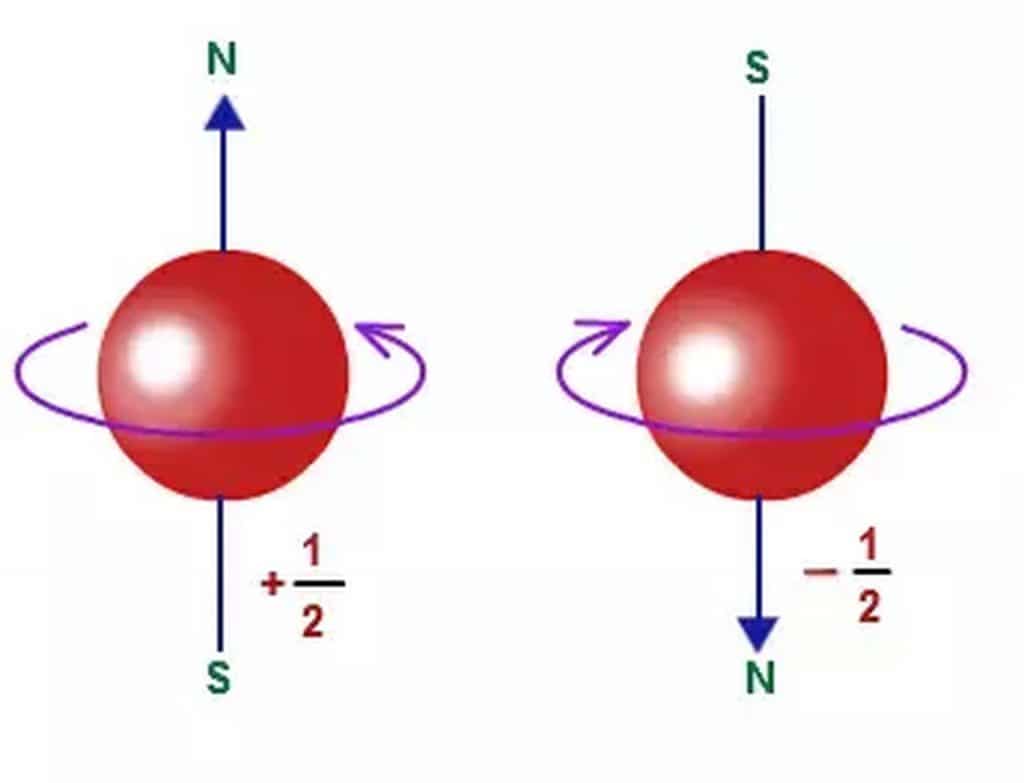Theory Questions – Quantum Numbers Orbitals & Electrical Structure
Topic Content:
- Theory Questions & Answers – Quantum Numbers Orbitals & Electrical Structure
Theory Questions – Quantum Numbers Orbitals & Electrical Structure
1. Name and explain four quantum numbers that define an atom.
2. (a) In which orbital will the fifth electron in Nitrogen atom most likely to be found?
(b). Draw the orbital
3. (a) What is an atomic orbital?
(b) Give the number of orbitals that are contained in the following: s, p, d and f subshells.
4. Without referring to the periodic table, name the elements, give their electronic structure, and name the groups to which the elements with the following atomic numbers belong: 3, 9, 12, 17, and 20.
You are viewing an excerpt of this Topic. Subscribe Now to get Full Access to ALL this Subject's Topics and Quizzes for this Term!
Click on the button "Subscribe Now" below for Full Access!
Subscribe Now
Note: If you have Already Subscribed and you are seeing this message, it means you are logged out. Please Log In using the Login Button Below to Carry on Studying!





Responses